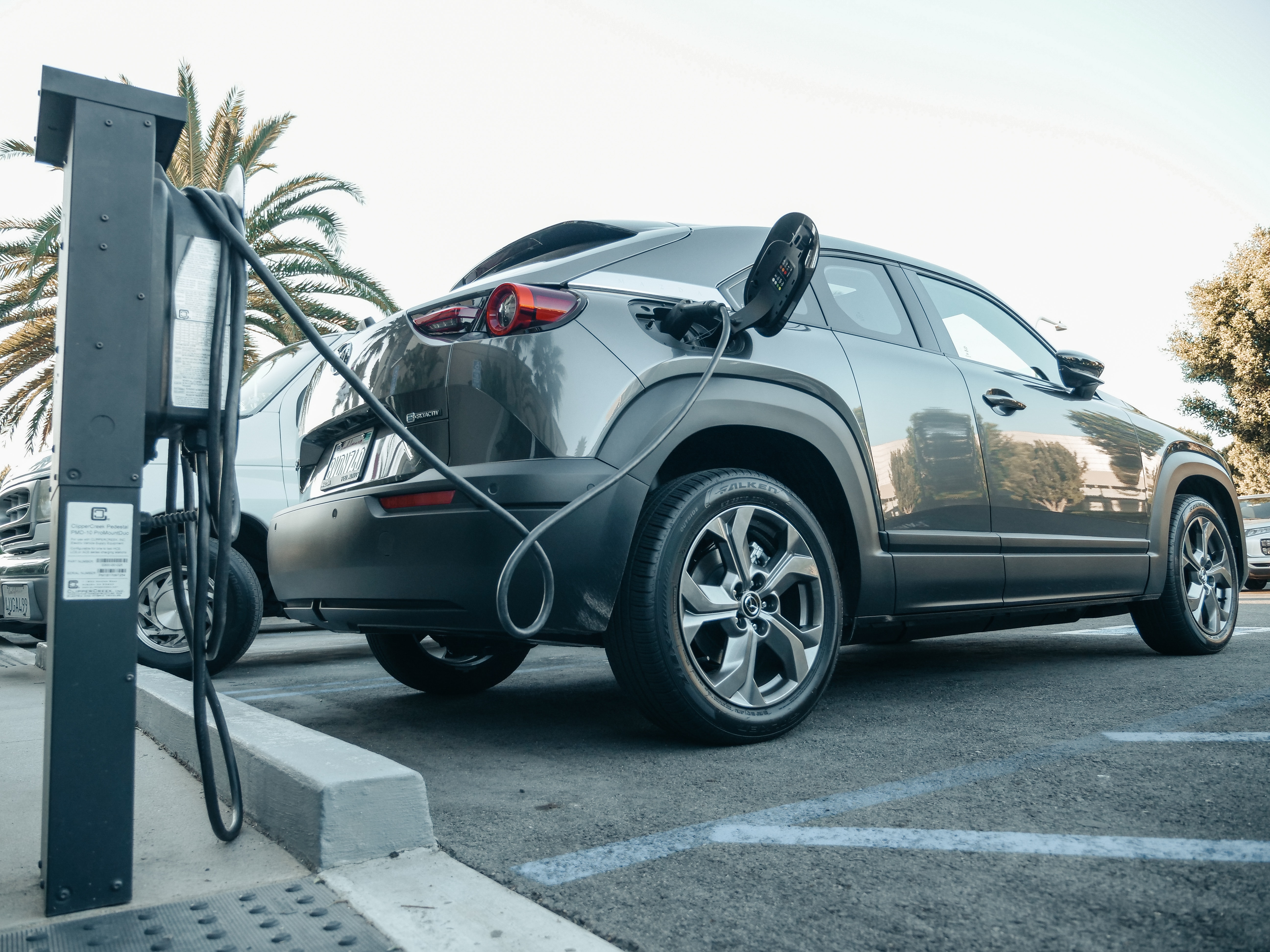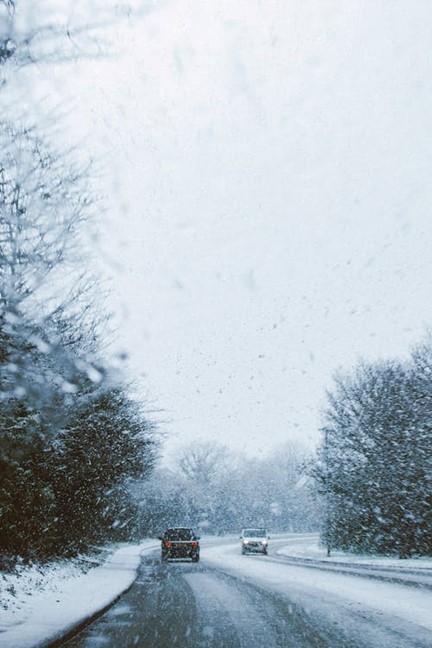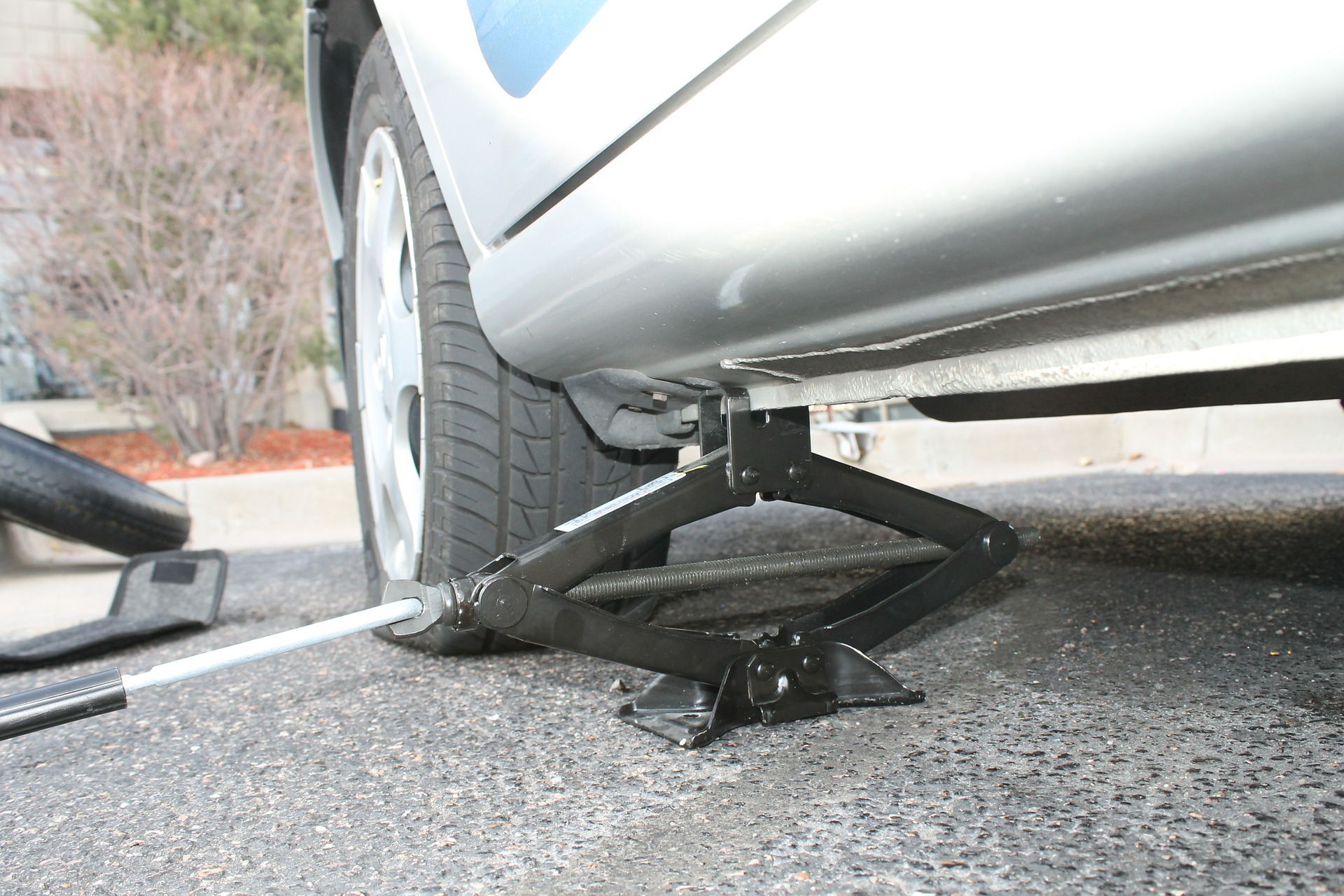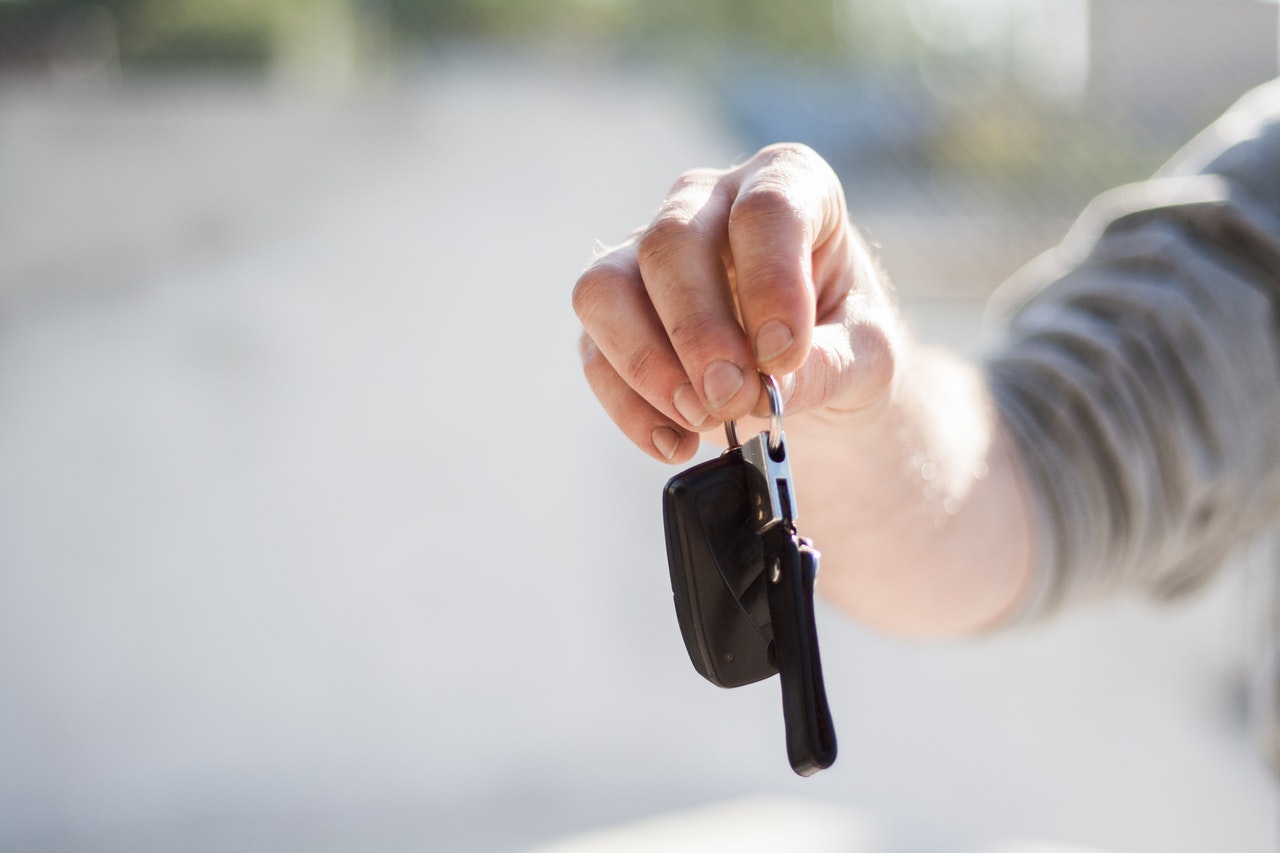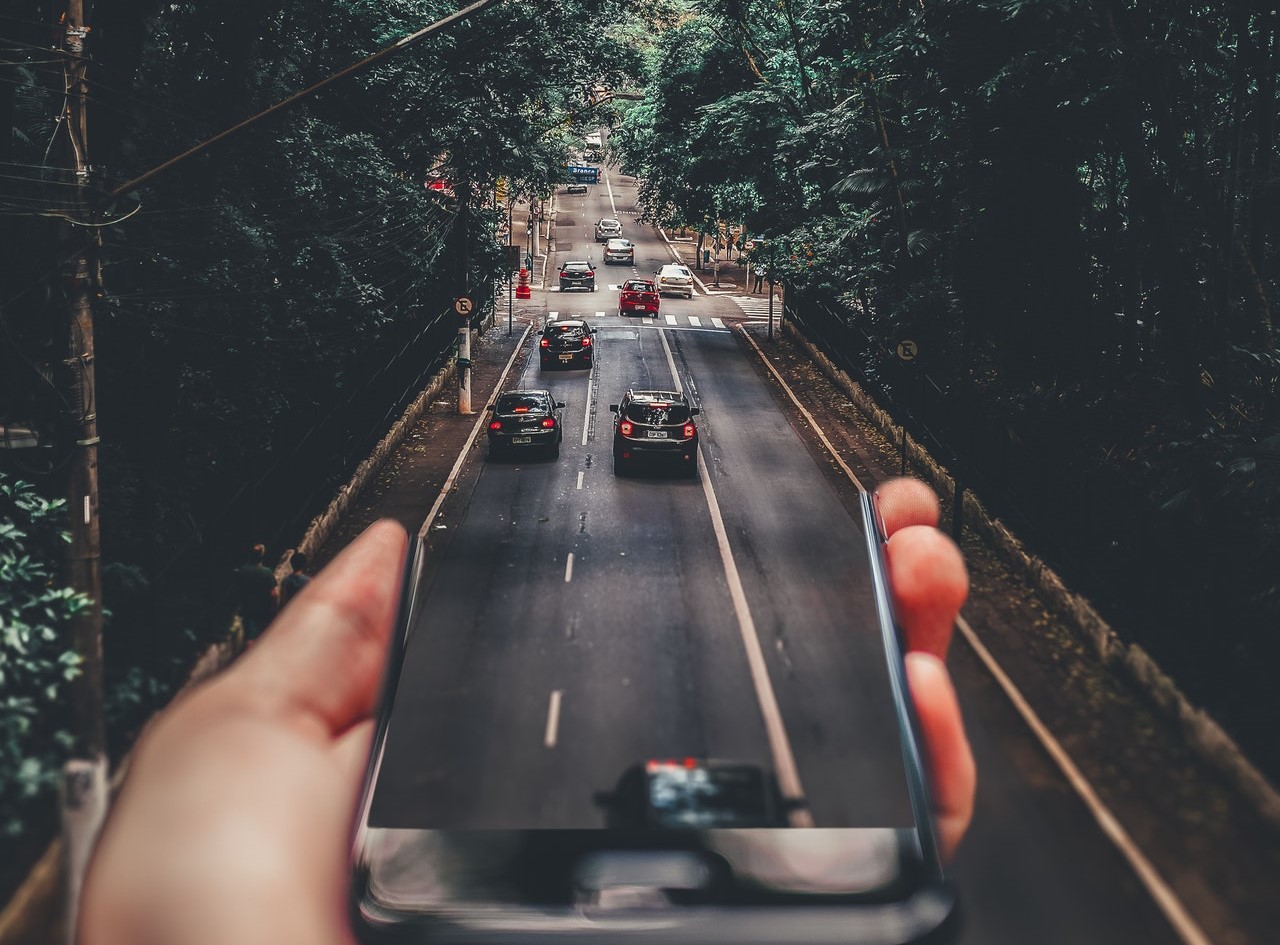More than 1.1 million battery-electric vehicles were registered in the U.S. in 2020. Our government wants to see electric vehicles account for half of all sales by 2030 to reduce the harmful effects of fossil fuels. And as electric cars become more mainstream the prices will likely drop, enticing more people to buy them.
If you’re one of the many drivers considering an electric vehicle, you may have a few questions about that whole plug-in aspect of these cars. Namely, how will it affect your overall driving experience? Where and how often will you be plugging it in? It can be hard to imagine if you’ve driven a standard car your whole life.
Here are some of the ways powering your vehicle will be different.
Do You Need to Plug in Your Electric Vehicle?
The short answer is: probably. All-electric vehicles typically must get plugged in regularly in order to recharge. But, there is a way around the need to plug it in. That’s because there are two main types of electric cars:
- Electric Vehicle (EV). These all-electric vehicles don’t require any gas to run. They must be plugged in for their batteries to recharge. As our society moves away from gas-powered vehicles, there will be many more of these on the road.
- Plug-in Hybrid Electric: These vehicles are powered by both electricity and gasoline. They too contain a battery pack that can be recharged at an external power source. Not all hybrids are plug-in hybrids. Plug-ins can be recharged at a charging station, but it’s not necessary since they also run on gas.
What’s a Charging Station?
Most brands other than Tesla rely on third-party charging stations around the country. There are almost 43,000 public EV charging stations and many more charging ports throughout the US today. Because plugging in a car is much simpler than filling the tank with gas, all you need is a piece of equipment that connects your car to an electric source.
Some EV drivers prefer to install their own charging port at home. This can cost well over $1,000 in equipment and labor, but it’s a big timesaver. Just plug in at night and by morning you’re ready to go.
How Does an Electric Car Get Plugged In?
Just like with electric appliances, you will use a charging cable to plug in your car. EVs come with an extension cord that gest plugged into an outlet on one end and into the car on the other end. A minority of gas stations currently offer EV charging. Many EV charging stations simply consist of recharging equipment outside of a parking garage, auto mechanic, strip mall or near the road like a parking meter.
How Long Will It Take to Recharge Your Car?
Here’s where there’s another significant difference between old and new. Charging up an EV when the battery is depleted can take all night. If you’re just “filling up” at a charging station, you might still be there for 30 minutes or more. This situation may change as quicker and more convenient options are developed.
How Often Will You Need to Recharge?
As for how often you’ll need to plug it in, that depends on how often you drive and how far you plan to go between stations. You might get 100 miles of driving from half the charge of your car battery. Not bad, right? But just like gas, you’ll want to be sure there is a charging option nearby before running out of juice.
Before investing in an electric vehicle, ask the dealer or owner how many miles it gets per charge. The range might be anywhere from 50 or 100 to 330 miles. You’ll at least want to ensure your commute to and from work is safely covered. Certain factors can wear on the batter, such as running the AC or driving uphill, and the battery may lose its strength as it ages. You deserve a realistic picture of what owning this car will mean for you.
Does “the Grid” Support Electric Vehicles?
Our electric grid will be building up to accommodate many more charging stations and ports as new electric cars, trucks and buses are purchased in the coming years. If you live in a city or primarily drive between cities with lots of charging options, then being able to recharge may not be an issue for you. But some parts of town may be better equipped than others. Drivers will be looking for convenience and accessibility to be sure owning an EV is a realistic option for them.
Google Maps and Other Apps Keep EV Drivers Informed
By syncing with Google Maps in your car, you can get a fairly accurate estimate of how much power will remain in your battery when you get to your destination. This type of feature can be very helpful when moving about town in your new EV.
Be sure to protect yourself and your vehicle with an appropriate insurance plan. The experts at AMIGO Insurance are ready to answer all your questions about insuring an electric vehicle. Just give us a call today!
